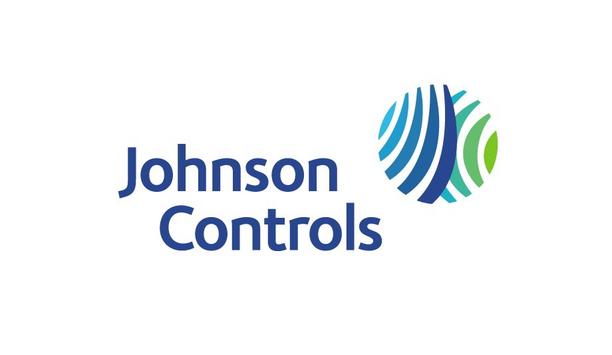Poor building management has severe consequences for building occupants. This has always been true but in a post-pandemic world, business owners and facilities managers must respond to myriad challenges presented by chemical and biological contaminants.
That is the conclusion of a bipolar ionization white paper recently published by the Continental Automated Building Association (CABA). The report also shows that bipolar ionization reduces airborne S. aureus concentrations by approximately 99.87 percent after 180 minutes. This bipolar ionization white paper is a good resource for building managers and business owners concerned with the health and safety of their buildings.
Bipolar ionization processes
The report takes a closer look at the effectiveness of bipolar ionization on building contaminants
The main author of the bipolar ionization white paper is the Director of Pure Air Control’s Environmental Diagnostics Laboratory, Dr. Rajiv Sahay. The report takes a closer look at the effectiveness of bipolar ionization on building contaminants. The takeaway for facilities managers is that poor building maintenance impacts indoor air quality. This in turn affects the mental and physical health of building occupants. It lowers morale and productivity.
Alan Wozniak, CIAQP, CIEC, President of Pure Air Control Services and coauthor stated “With so much controversy on air cleaning devices like bipolar ionization, UVC, and others we felt obligated, as a science-based firm, to perform an efficacy study in our North American test chamber to better understand the true value, if any, on bipolar ionization processes.”
Air conveyance system
The bipolar ionization white paper is the result of a peer-reviewed one-year study. It finds that inadequate ventilation, as well as chemical and biological contaminants, contributes to poor IAQ. However, bipolar ionization is one of the ways to provide cleaner air.
Pure Air Controls acknowledges that ionization is only one piece of the puzzle
Pure Air Controls acknowledges that ionization is only one piece of the puzzle. An air purification device, no matter how effective, is not a silver bullet. APUs used with additional efforts to remove debris, pathogens, mold, and bacteria within the air conveyance system (ACS) provide the best results. The bipolar ionization white paper presents the findings of studies conducted by Pure Air Control Services’ EDLab. The lab provides professional environmental sample testing to ensure standards are met to maintain proper IAQ. This state-of-the-art laboratory uses the latest technologies to analyze environmental samples collected from air, surfaces, and liquids.
Premier environmental laboratories
It tests for allergens, microbes, and chemicals. It also monitors the indoor environment to provide business owners and building managers risk assessments. The lab’s results also provide reassurances that workers, customers, and visitors are safe in the buildings under their care. It is one of the premier environmental laboratories in the world.
“Several technologies have been successfully implemented for cleaning indoor air pollutants. However, many of them have been shown to only be effective for the specific task they were designed for.” Says Dr. Sahay, “No single air cleaning technology is completely effective against all indoor pollutants. This paper expects that when bipolar ionization provides a better approach for maximizing efficacy against indoor pathogens when combined with other appropriate air cleaning technologies.”
Air cleaning technologies
CABA provides thought leadership and collaboration within intelligent built environments
The publisher of the bipolar ionization white paper, CABA, is an international not-for-profit industry association that focuses on the advancement of intelligent building technologies. CABA provides thought leadership and collaboration within intelligent built environments. They seek to create a world that is livable, sustainable, efficient, and connected.
Plasma air ionizers help create cleaner, healthier indoor air. Once the devices release thousands of charged ions into the air, the ions attack airborne pathogens. The ions then form a cluster around viruses, mold particles, bacteria, and other airborne microbes. This neutralizes them and traps the particle in the filters of ventilation systems. It also prevents them from circulating throughout the building.
Ionization also breaks down gases and eliminates volatile organic compounds and odors too. The result is cleaner air and healthier building occupants and more productive workers. As the bipolar ionization white paper stresses, this method alone is not enough to ensure the safety of the indoor environment. The use of additional systems and methods also ensures adequate ventilation.

















